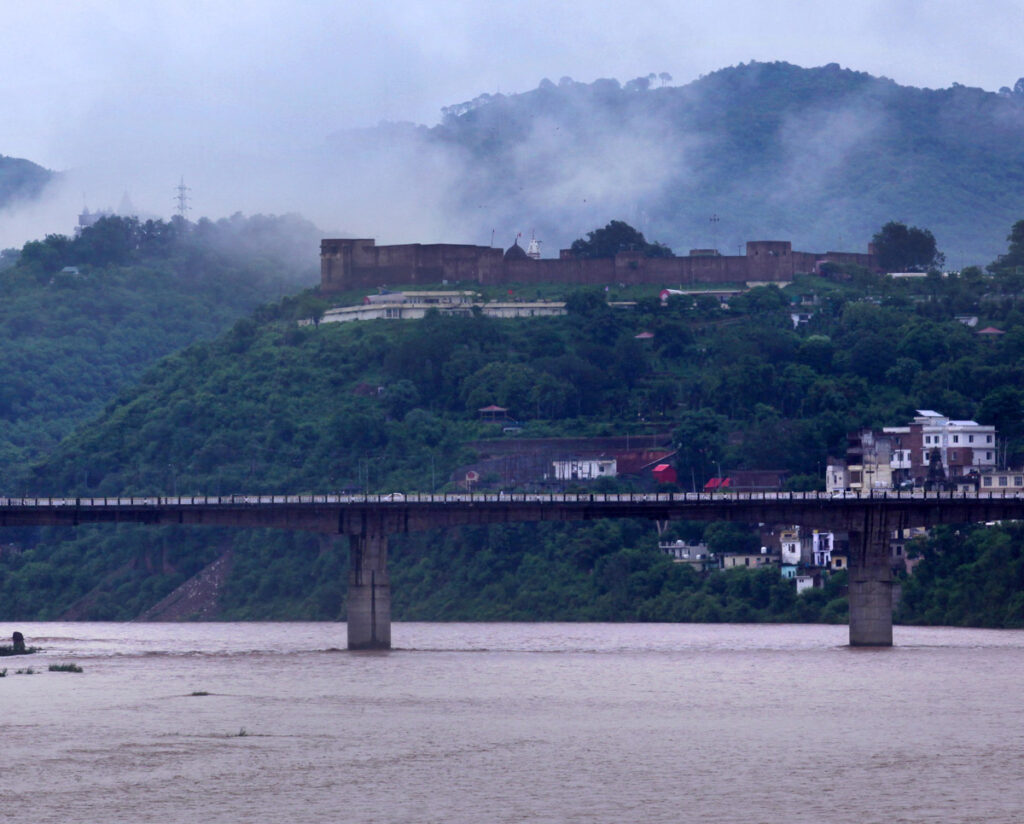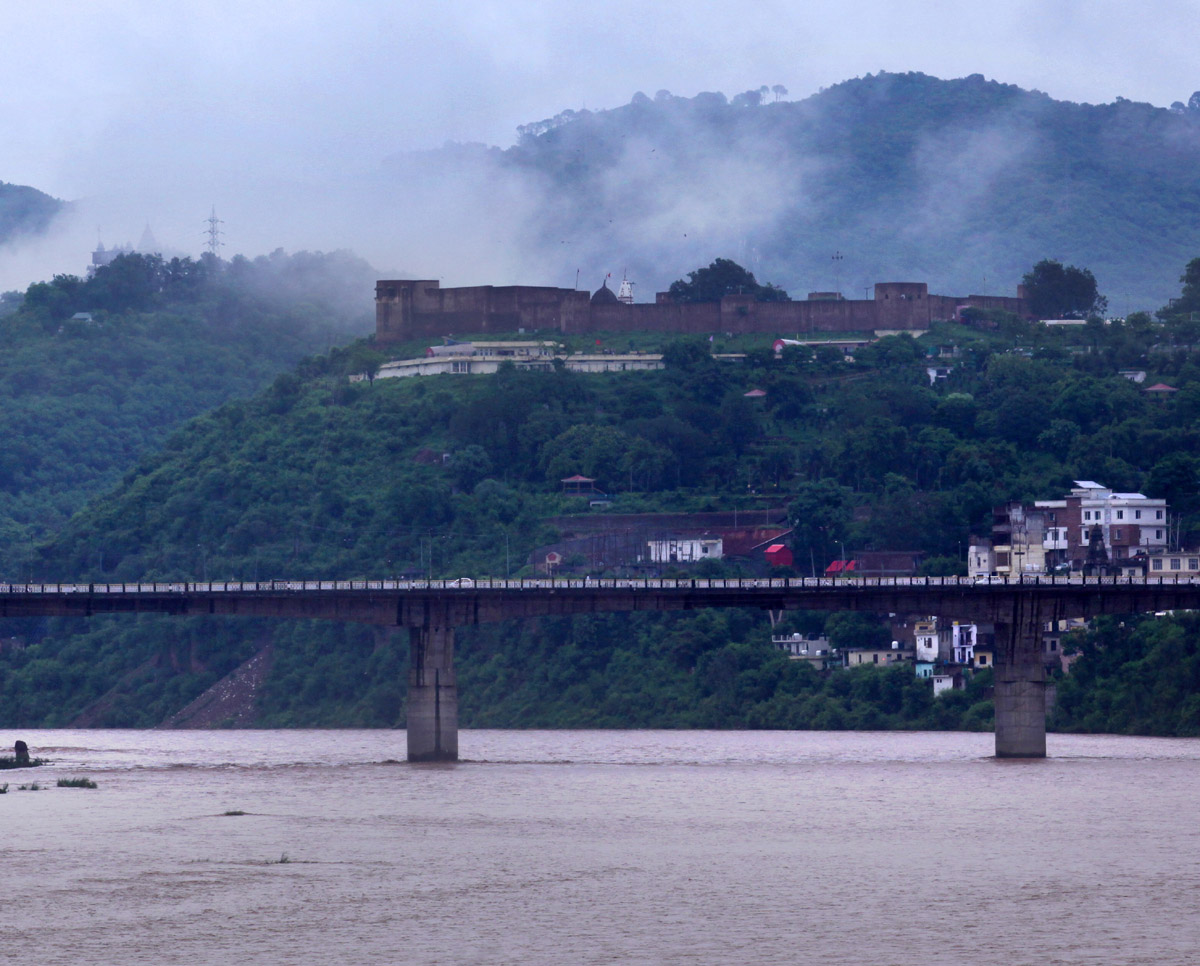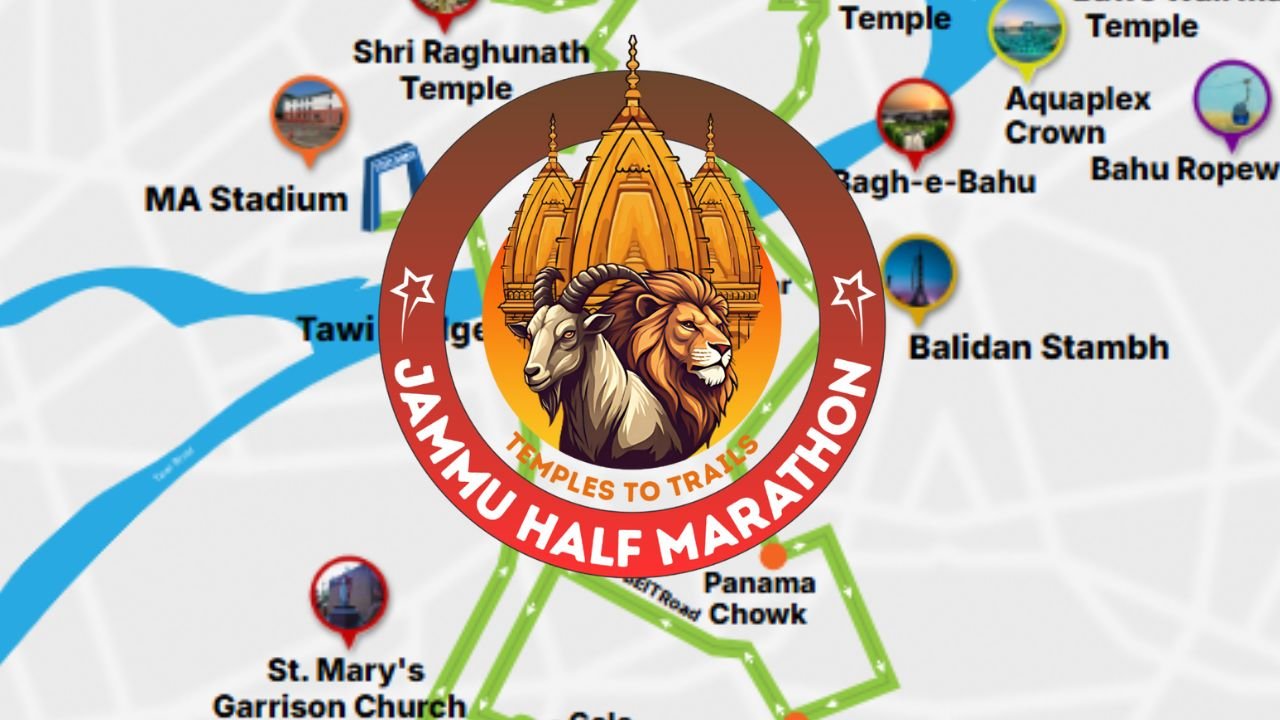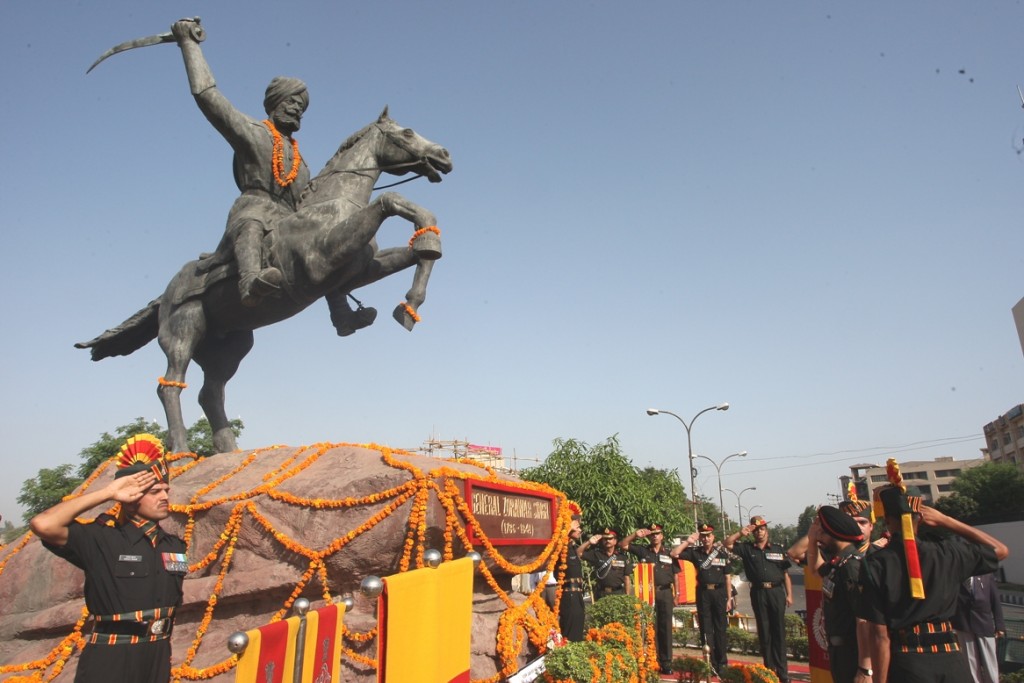Jammu (J&K) has a fort with which the city’s history is claimed to have began. It is known as Bahu Fort and is located on the left bank of the Tawi River. Bahu Fort Jammu is thought to have been constructed by Raja Bahu Lochan about 3,000 years ago. It was refurbished by the Dogra rulers in the 19th century. The fort is a religious place and within its precincts is a temple dedicated to the Hindu goddess Kali, the presiding deity of Jammu. The temple is known locally as the “Bawey Wali Mata temple”. Just beneath the fort is the terraced Bagh-e-Bahu Garden laid in the style of Mughal gardens which affords panoramic view of the Jammu city and underground fish aquarium.
Bahu Fort Jammu situated 5 kms away from the city centre

The Fort is thought to have consistently endured damages and decays over a period of over three thousand years due to many battles, changes in rulers, and weathering. The present fort was rebuilt, probably at the same location as the ancient fort, by Autar Dev, the grandson of King Kapoor Dev in 1585. The fort has undergone various demolitions and rebuilding over the years.
Maharaja Gulab Singh reconstructed the present fort in the 19th century, which was refurbished during the rule of Maharaja Ranbir Singh. Damages due to weather conditions continue even today.
Read also: Folk Dances Of Jammu and Kashmir, List Of Traditional Dances
Agnigarba of Ayodhya, a Raghuvanshi ancestor who was living as a recluse, came to Nagarkot (Kangra) in Himachal Pradesh, according to mythology. When the Raja of Kangra came to know about his ancestry, he offered him the hand of his daughter and a part of kingdom.

The river Ravi was then the Northern boundary of Nagarkot. Agnigarba consolidated his Jagir, crossed Ravi and captured some villages in the Kathua area and declared himself as sovereign king. Later he became a powerful ruler of his time. After his death, his son Bayusharva married the princess of Parole (Kathua). The princess was known as Eirwan.
Read also: 10 Amazing Facts About The Bhimgarh Fort
His wife died young. The Raja founded a city in her memory which is still found near Parole, though now a small village called Eirwan. At the Samadhi of the queen, a fair is held on every Baisakhi. Bayusharva extended the boundaries up to the river Ujh. Bayusharva’s great grandson, Bahulochan was enthroned after his death. He migrated from Eirwan and built his fort on the left bank of Tawi river and made it his centre of power. That fort came to be called as Bahu Fort.
Bahu fort has been declared as heritage site by the Government.
















